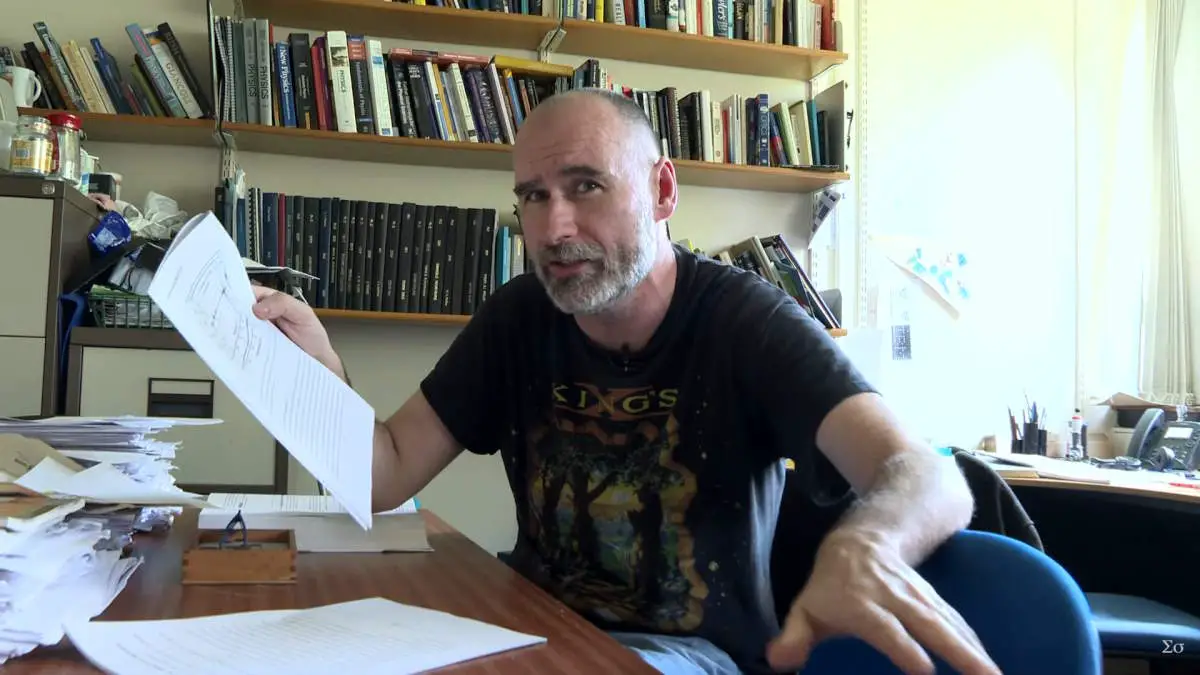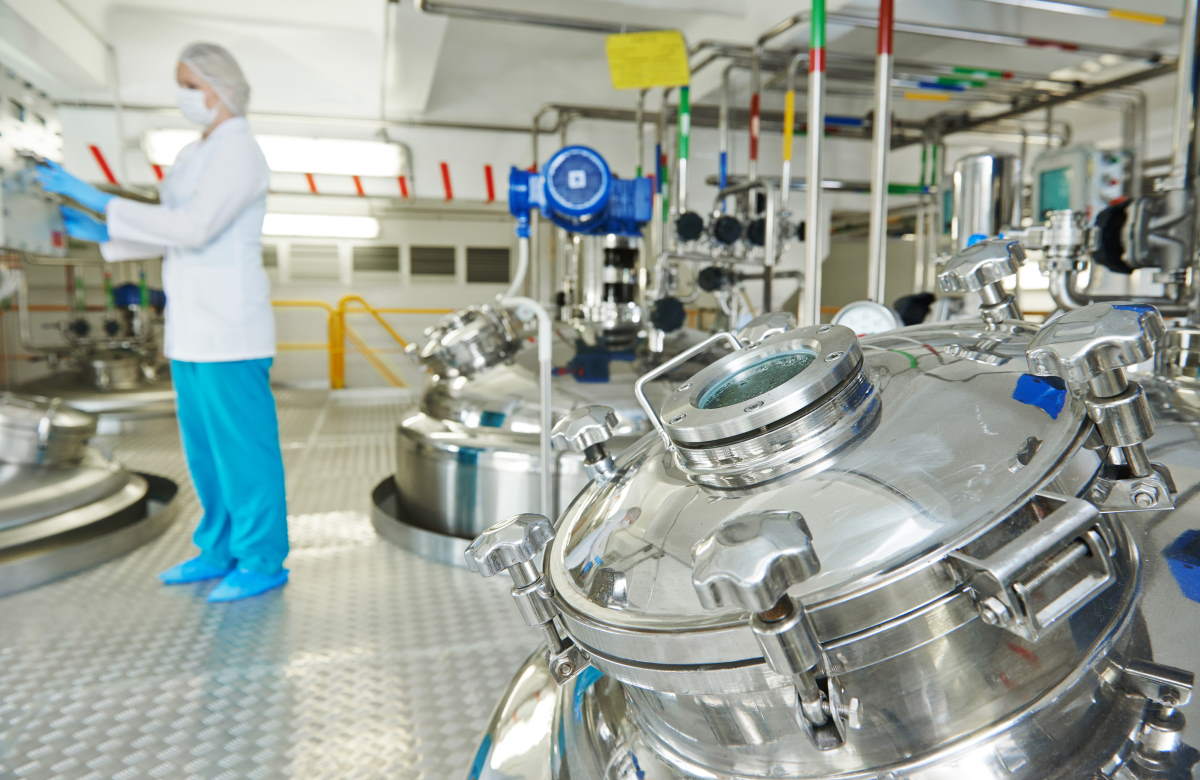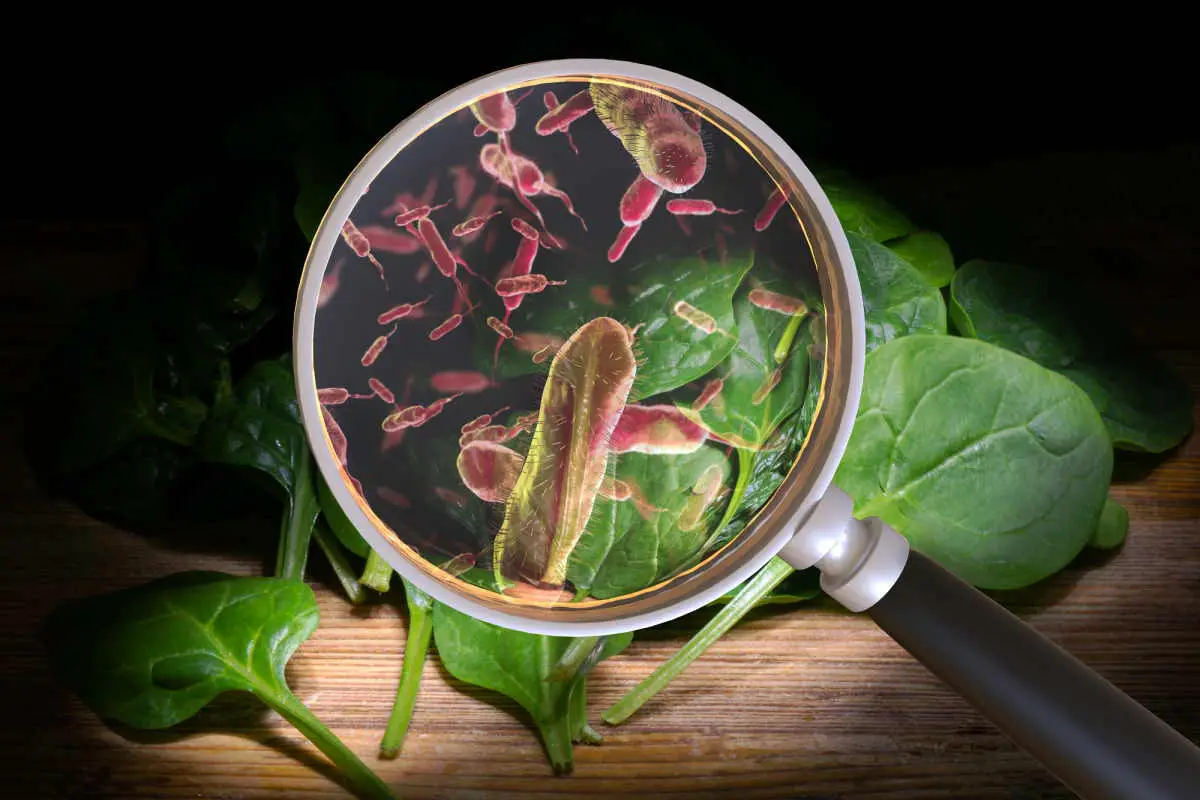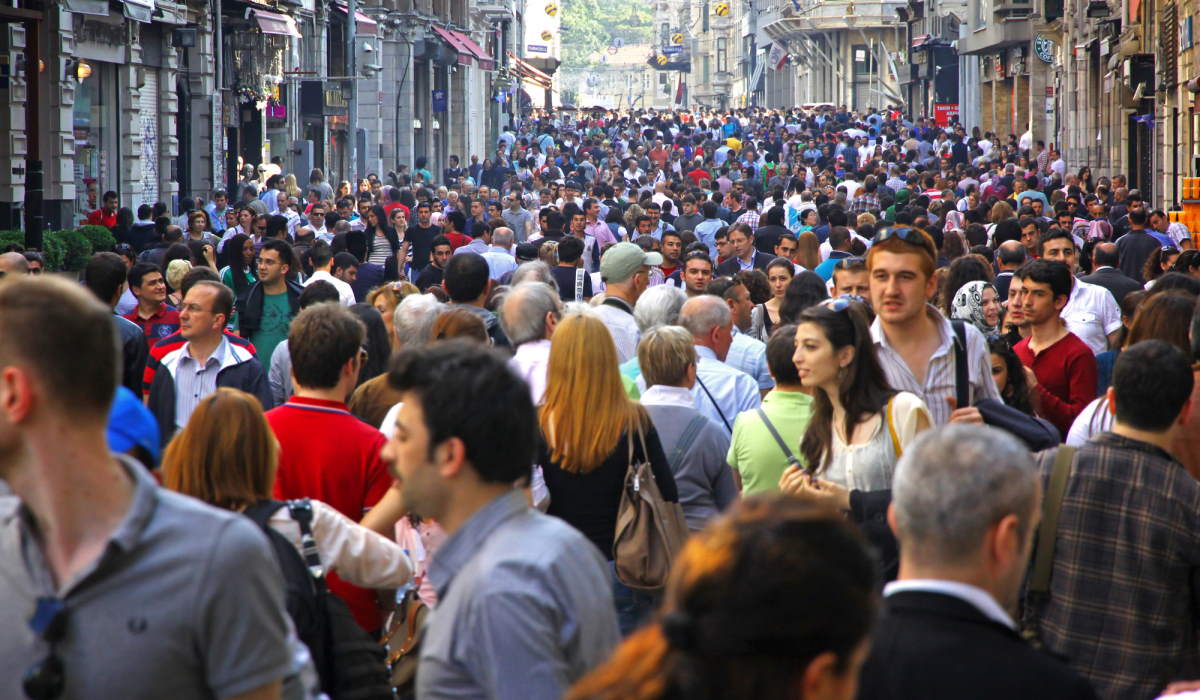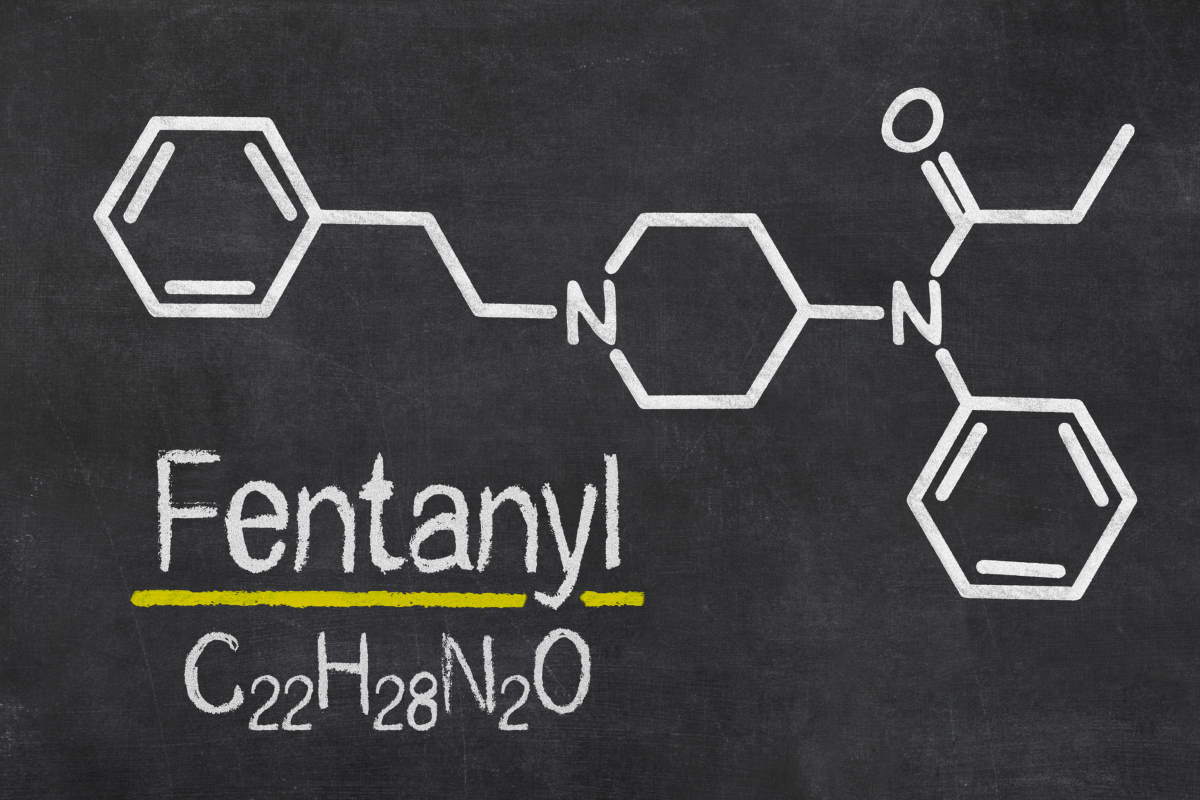In a recent wave of excitement, researchers claimed to have synthesized the world’s first room-temperature superconductor, known as LK-99, which supposedly operates at ambient pressure and exhibits superconductivity characteristics due to a unique structural distortion. The intricate details of the claim, rooted in the modifications of the lead-apatite structure and the effects of superconducting quantum wells (SQWs) in the interface, captivated the scientific community. However, this groundbreaking assertion was soon met with skepticism. Renowned Professor Philip Moriarty and physicist Sabine Hossenfelder swiftly took to their respective platforms, releasing videos that critically examine and debunk the veracity of these ambitious claims, urging for a more cautious and meticulous approach to such profound scientific proclamations.
